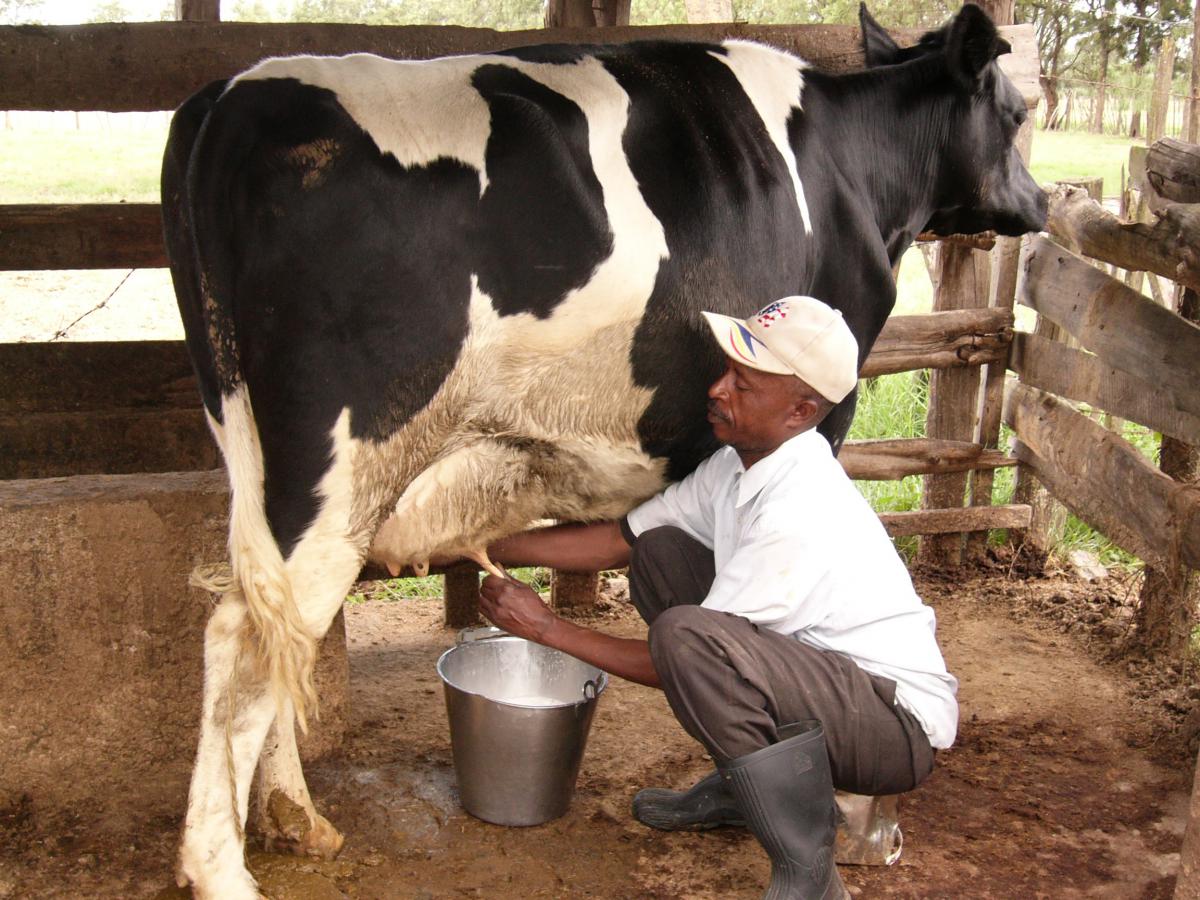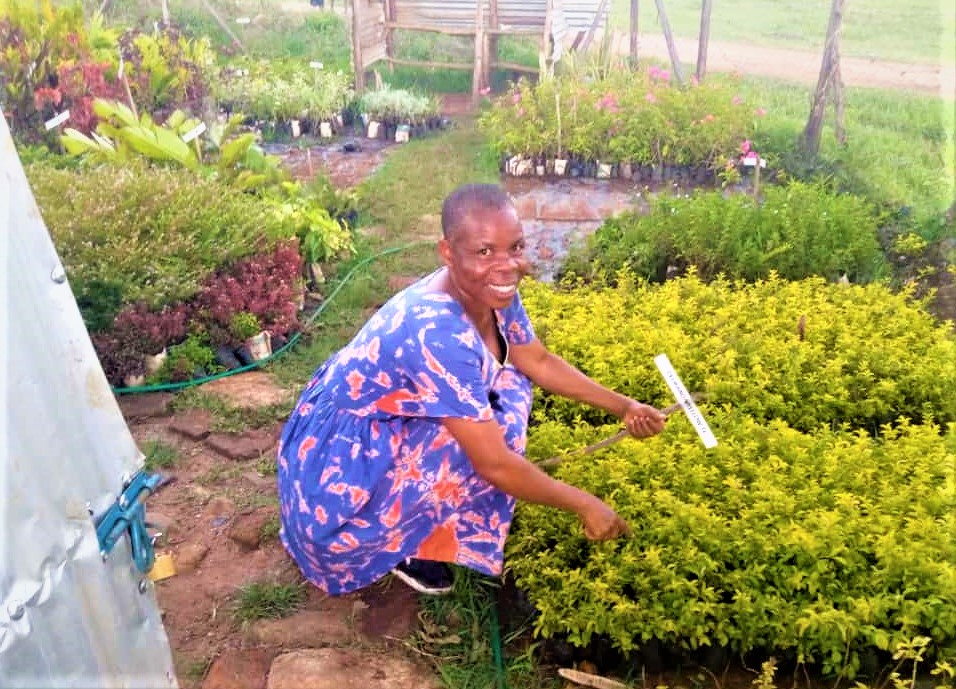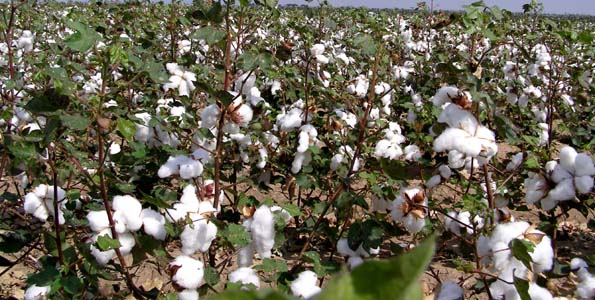
By George Munene
Milk prices across the country have been on an unprecedented year high run, holding steady at Sh42-Sh30. This has been good news for many small to medium scale dairy farmers whose cost of production averages Sh27 a liter as it enables them to cover their production costs and earn a profit off their milk.
“Brookside Dairy is now offering farmers up to Sh42 per liter, prices that will benefit over 160,000 farmers across the country who deliver to us. We hope farmers take advantage of this price incentive to improve management of their dairy herds, including vaccinating their animals against the deadly foot and mouth disease and lumpy skin disease, among others,” said John Gethi, Brookside’s director of milk procurement.
While the previous year’s farm-gate milk prices ranged between Sh28 and Sh20, a confluence of factors has served to steady the price of milk at no less than Sh30 for the year:
Agriculture cabinet secretary Peter Munya’s directive in January 15, for state-owned New KCC to pay no less than Sh33 a kilo to its farmers meant that rival private milk processors have had to raise their prices to retain farmers.
According to the industry regulator, Kenya Dairy Board, there has also been a sharp decline in supply; in January, milk production in the country was at 63 million liters per month, this dropped to 42 million liters as of September of this year.
Related News; Livestock consultant introduces milk booster increasing output by 7L
Related News: Kericho farmer builds model dairy unit milking 520 litres daily
Dwindling milk supplies can be attributable to lumpy skin and foot and mouth disease outbreaks reported in the country from February. Foot and Mouth Disease (FMD) which has been recorded in arid and semi-arid areas of the country, Marsabit, Garissa, Wajir, and Machakos usually occurs in the warmer month of July; as cattle congregate at drinking points the disease is able to spread even further. The spread of Lumpy skin disease which has killed over 8,000 cattle in West Pokot has been accelerated by the heavy rains experienced at the start of the year.
According to Agriculture CS Peter Munya, COVID-19’s disruption of the dairy farm to table supply chain as well as hampering routine countrywide government vaccination programs has been a factor in the reduction of milk produced by farmers. The relatively cold but rain-free August to October season is also usually accompanied by below-average milk output.
Related News: Factsheet: Calf to cow expert feeding guide for maximum milk—Part 2
With the good tidings abound in the dairy industry; the full profits are however not entirely trickling down to the farmer. There exists a lacuna between the main milk processors such as Brookside dairy and farmers; whilst the current buying price for the dairy manufacturer sits at Sh39 in Tharaka Nithi County, for example, many smallholder farmers far removed from the firms main plant in the county at Marima, have to deal with mini collectors who can assemble the volumes that make it economically feasible to transport the milk kilometers away. Farmers are then charged Sh2-Sh3 for every kilo which eats into their potential earnings.
Write comment (0 Comments)



 By John Matava
By John Matava











